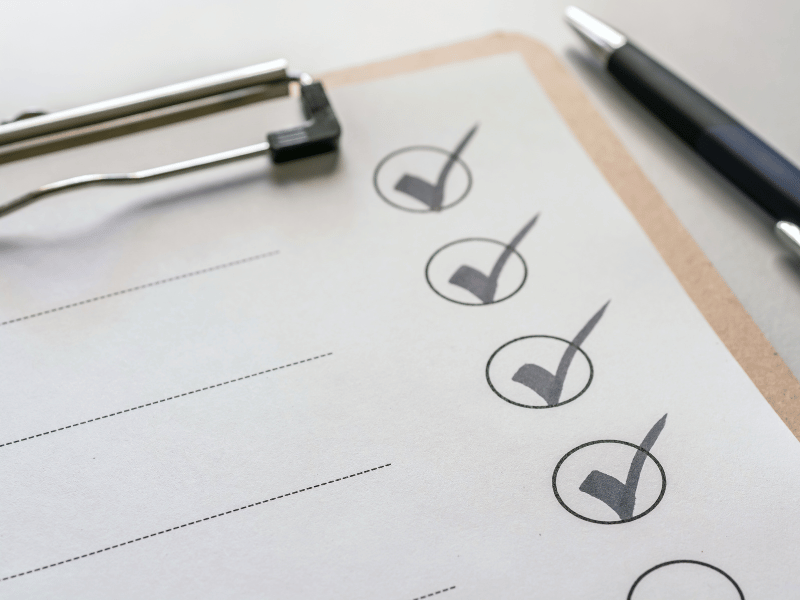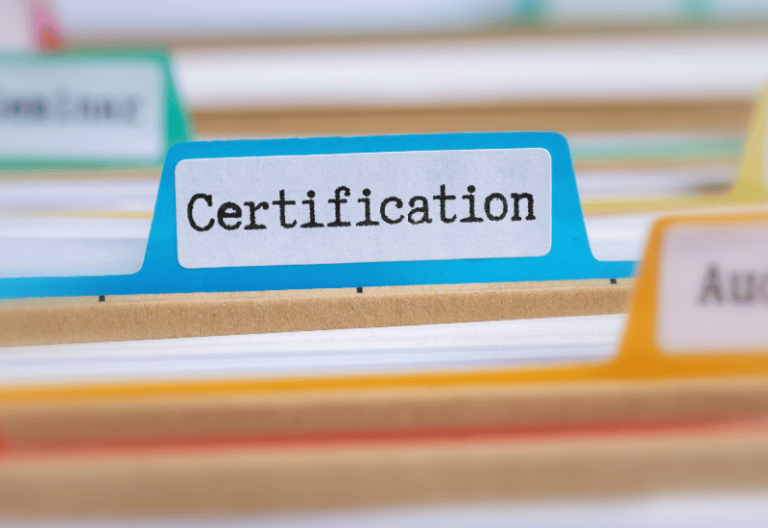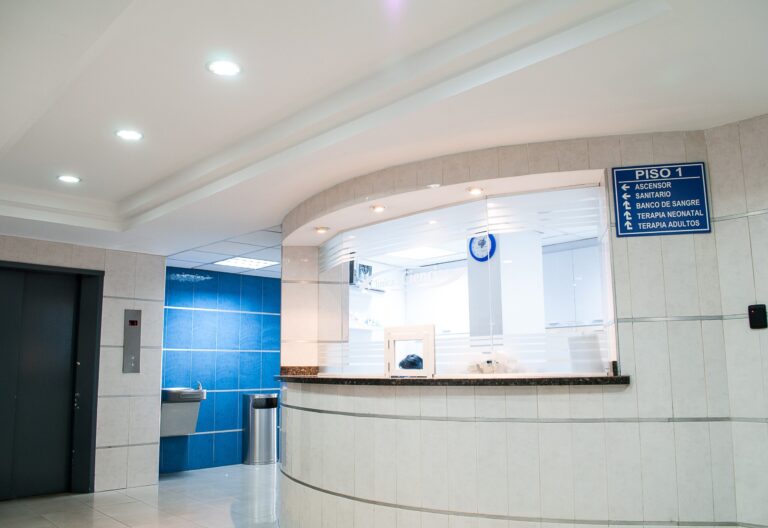OSHA sets guidelines to ensure safe and healthy workplaces. Workers in all industries should always have clean workplaces with proper sanitation measures.
Read this guide to know how to comply with the sanitation standards of OSHA.
Table of Contents
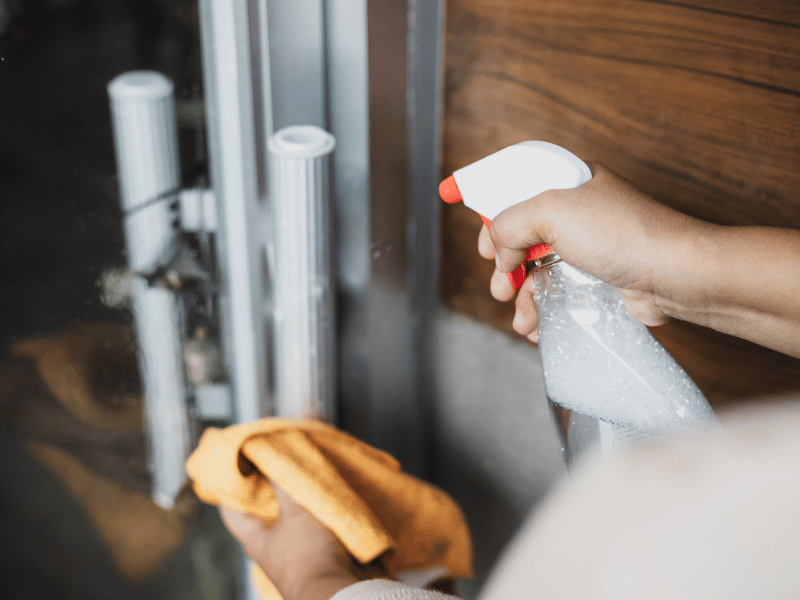
Understanding OSHA Sanitation Standards
Maintaining high standards of sanitation in the workplace is vital to protect employees’ health and compliance with OSHA requirements. The Occupational Safety and Health Administration has set comprehensive sanitation standards to ensure that workplaces are clean, safe, and healthy for employees.
OSHA regulations are organized by standard number. Sanitation standards differ by industry. For example, there are specific sanitation standards for field workers in agriculture and employees in the general industry.
Here’s a list of OSHA sanitation standards and their corresponding standard numbers:
- General Industry – 29 CFR 1910.141
- Construction – 29 CFR 1926.51
- Agriculture – 29 CFR 1928.110
- Maritime – 29 CFR 1917.127
OSHA General Industry sanitation standards apply to various industries, including manufacturing and healthcare. However, it’s best to read up on additional standards related to sanitation:
- Shipyard employment – 29 CFR 1915.88
- Bloodborne pathogens – 29 CFR 1910.1030
- Personal protective equipment – 29 CFR 1910.132
OSHA Sanitation Checklist Across Industries
Here’s a sanitation checklist following OSHA standards and arranged by industry:
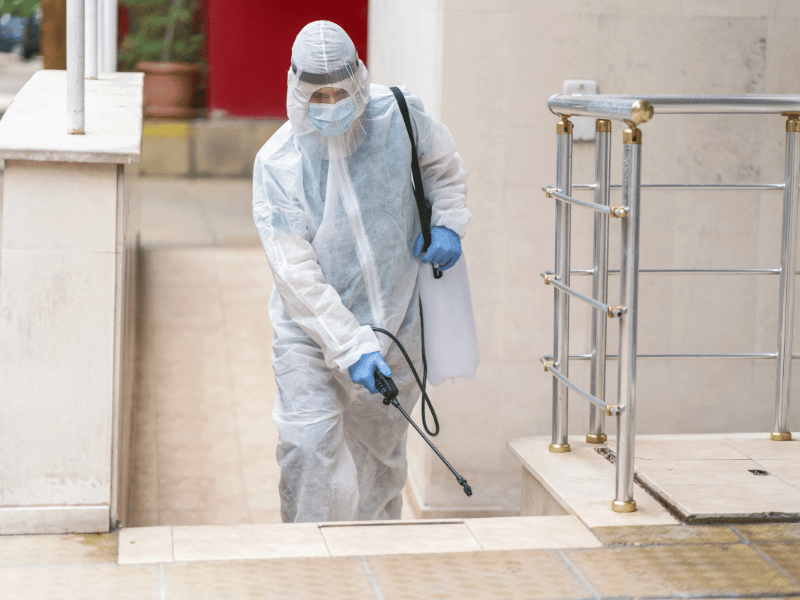
1. General Industry
- General cleanliness – Workplaces must be kept clean as much as possible, considering the nature of the work
- Floor maintenance – Workroom floors should be kept dry whenever possible. Check for protruding nails, splinters, loose boards, unnecessary holes, and openings.
- Waste receptacles – Any waste receptacle must be leak-proof, cleanable, and equipped with a tight-fitting cover.
- Waste removal – Trash, waste, and garbage must be removed regularly.
- Vermin control – Prevent rodents, insects, and other vermin from entering or living in enclosed workplaces. Employ continuous extermination services or programs when pests are detected.
- Water supply – Provide food preparation and personal service rooms. Employees should always have access to potable water for drinking, washing, and cooking. Open drinking water containers, even those with covers, are prohibited.
2. Construction
Safe Drinking Water
- Adequate Supply – Provide sufficient potable (drinkable) water for employees.
- Dispensing Containers – Portable containers for dispensing drinking water must be tightly closed and equipped with a tap to prevent contamination. Dipping water from containers is prohibited.
- Labeling – Containers used for distributing drinking water must be clearly marked to indicate their contents and should not be used for any other purpose.
- Common Drinking Cup – Common drinking cups are prohibited to prevent the spread of germs.
- Single Service Cups – If single-service cups are provided, proper disposal and storage facilities must be available.
Nonpotable Water
- Signage – Outlets for nonpotable water, meant for industrial or firefighting purposes only, must be clearly labeled to indicate that the water is unsafe for drinking, washing, or cooking.
- Preventing Contamination – Cross-connections between potable and nonpotable water systems are prohibited to ensure the safety of drinking water.
Toilet Facilities
- Minimum Requirements – The number of toilet facilities provided should comply with the number of employees on the site:
| Number of employees | Number of toilet facilities |
| 20 or less | 1 |
| 20 or more | 1 toilet set and 1 urinal per 40 workers |
| 200 or more | 1 toilet seat and 1 urinal per 50 workers |
- Temporary Field Conditions – Workers should have access to at least one toilet facility, even under temporary conditions
- Sanitary Options – If a job site doesn’t have a sanitary sewer, provide toilet facilities such as privies, recirculating toilets, combustion toilets, or chemical toilets.
Food Handling
- Regulatory Compliance – All food service facilities and operations must adhere to applicable laws and regulations in the jurisdiction.
- Hygienic Principles – Food dispensed at construction sites must be wholesome, free from spoilage, and handled in a manner that prevents contamination.
Washing Facilities
- Adequate Washing Facilities – Provide sanitary washing facilities, including lavatories and showers, to enable employees to remove contaminants.
- Hot and Cold Running Water – Lavatories and showers must be equipped with hot and cold running water for effective cleaning.
- Hygiene Supplies – Hand soap, individual towels, and other cleansing agents must be readily available.
3. Agriculture
Safe drinking water
- Potable Water – Provide potable water in accessible locations, ensuring an adequate supply that is suitably cool.
- Preventing contamination – Provide single-use cups or fountains to prevent contamination.
- Drinking Water Containers – Containers should be covered, refilled daily, and cleaned regularly.
Toilet and handwashing facilities
- Minimum requirements – Provide one toilet and one handwashing facility for every twenty employees or a fraction thereof.
- Cleanliness – Toilet Facilities must be clean, operational, adequately ventilated and screened, and located near each other and the worksite. Exceptions are provided for short-duration fieldwork.
- Handwashing Facilities – Facilities should have an adequate supply of potable water. Keep them clean and sanitary.
- Waste Disposal – Waste disposal must not create unsanitary conditions.
Reasonable use
- Worker access to facilities – Ensure that employees know the location of sanitation facilities and water sources. They should be allowed reasonable use of these facilities during the workday.
- Worker education – Inform employees of good hygiene practices to minimize health hazards, including staying hydrated, frequent handwashing, and proper waste elimination.
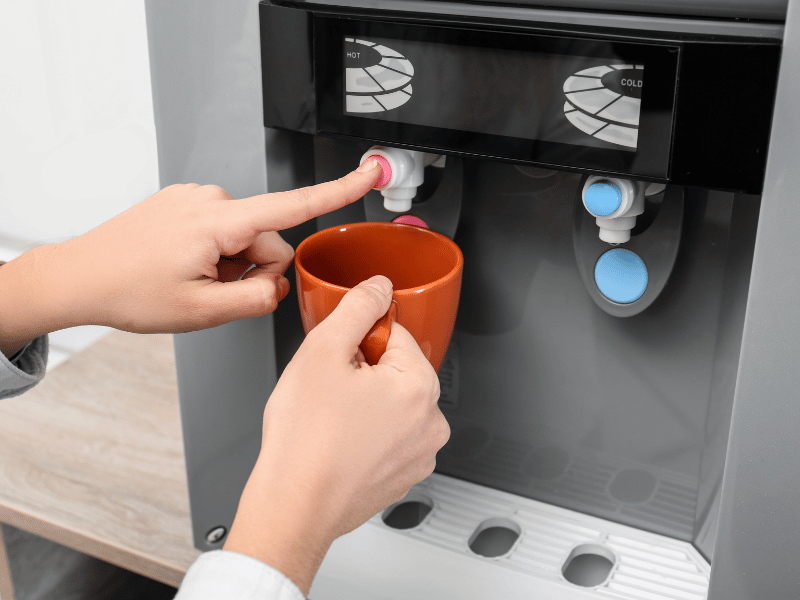
4. Marine Terminals
Washing and Toilet Facilities
- Accessibility – Ensure accessible washing and toilet facilities are provided to meet the sanitary requirements of employees.
- Running water – Provide running water, including hot and cold or tepid water, at a minimum of one accessible location. Potable water may be provided in place of running water when cargo handling occurs at locations without permanent facilities.
- Soap – Ensure soap is available in all washing facilities.
- Hand drying options – Provide individual hand towels, clean sections of continuous toweling, or air blowers for hand drying.
- Toilet Facilities – Install fixed or portable toilets in separate compartments with latch-equipped doors. Separate facilities should be provided for male and female employees unless single occupancy is anticipated.
- Regular Cleaning – Ensure washing and toilet facilities are regularly cleaned and maintained in good order.
Drinking Water
- Accessibility – Provide accessible potable drinking water to employees at all times.
- Drinking containers – Keep the containers clean and use them only for storing ice and water. Equip drinking water containers with covers to prevent contamination.
- Common drinking cups – Prohibit the use of common drinking cups to prevent the spread of germs.
Prohibited Eating Areas
- Safety measures: Prohibit the consumption of food or beverages in areas where hazardous materials are stored or handled.
Garbage and Overboard Discharges
- Safety precautions – Avoid conducting work near uncovered garbage or overboard discharge from the vessel’s sanitary lines unless baffles or splash boards adequately protect employees.
Prioritize Sanitation in the Workplace
OSHA standards vary across industries, reflecting the unique conditions of each sector. Regardless of the industry, employers must prioritize sanitation to protect the health and safety of workers and the public. By following OSHA regulations, businesses can create safe and healthy work environments and avoid violations.



